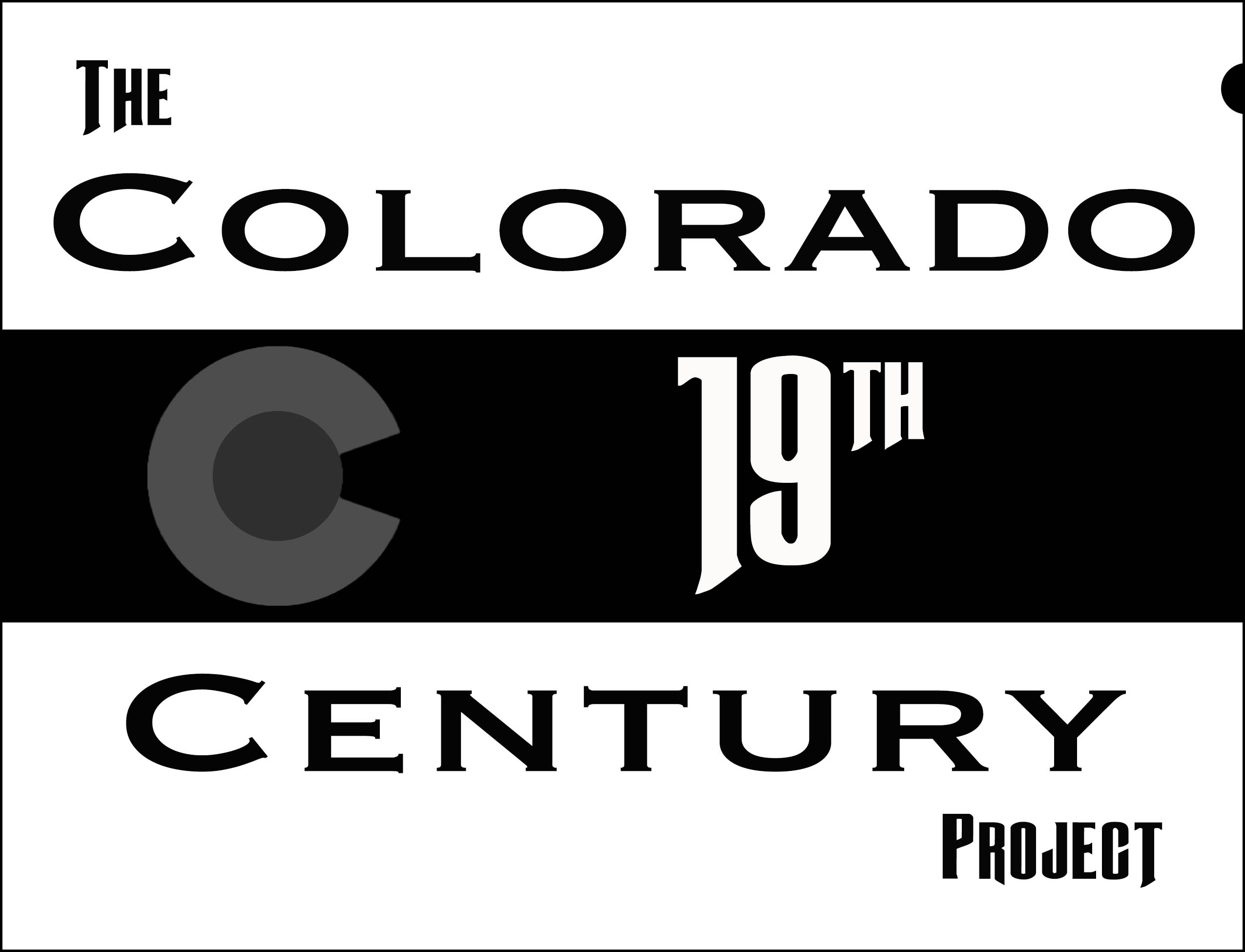Prints
Van Dyke brown is a 19th century printing process in the silver-iron family. Sir John Herschel wrote a paper in 1842, describing the basic theory of Van Dyke brown. The process was originally known by the term brown print kallitype. The Kallitype process was first patented by W.W.J. Nicol in 1889. Then in 1895, Arndt and Troost patented the process and the first published formula of the Van Dyke brown process was in The Photo-Beacon in October 1895.
Van Dyke brown is a contact print process where paper is coated with a solution made from ferric ammonium citrate, silver nitrate, and tartaric acid. Because the paper is hand coated, one has a variety of final supports to choose from. The paper is allowed to dry, then placed into a contact print frame with the negative sandwiched in between the paper and contact frame. Prints are made the same size as the original negative. It is then exposed to ultraviolet light; the sun is a source of UV. After a proper exposure the print is removed from the frame, separated from the negative and washed in two slightly acidic baths. If toning is desired, the print is then toned in the appropriate toner, one such toner is gold thiourea. After toning, the print is rinsed, and fixed in a sodium thiosulfate solution and washed. The untoned print will have a brown almost rust color, however, when toned in gold, the print takes on a purplish tint. Most of the silver is replaced with the gold and this produces an archival print. This process has almost no control of contrast, so a negative of proper density and contrast is essential for printing.
Silver Gel is the process used to print 4×5 glass negatives. According to the book Silver Gelatin, The Getty Conservation Institute, R.L. Maddox introduced the silver gel emulsion in 1871. Matte DOP (develop out paper) was used in 1890. Enlargers were used but not in the same format as today. While it maybe a technical stretch, I use matte VC paper for 16X20 prints.
All Prints are hand printed by the artist and will be limited editions.
